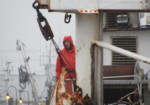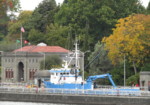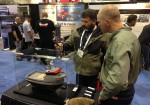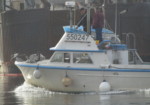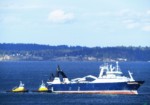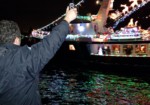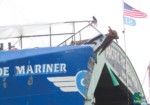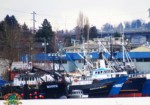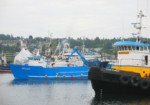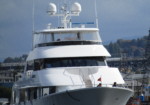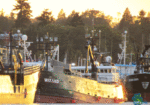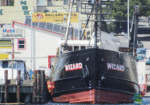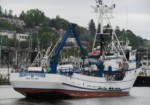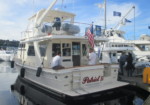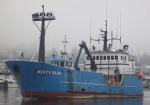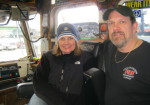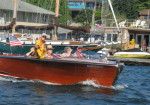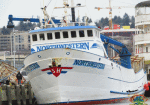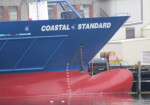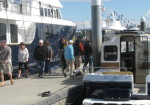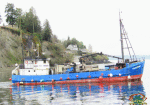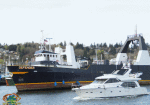CURRENT DESIGN AND CONSTRUCTION STANDARDS FOR U.S. FLAG FISHING INDUSTRY VESSELS, Fishing and Fishing Tender Vessels: Jan. 2017, Produce by Hockema & Whalen Associates, Inc This addresses current federal law and regulations governing the design, construction and maintenance of new US flag fishing vessels and fish tender vessels built after July 1, 2013. Included is limited historical information and information regarding major conversions. It is offered as a courtesy to the fishing industry but it is not a substitute for consulting with an experienced Naval Architect or Marine Engineer to current regulatory compliance when designing and building you vessel. Current federal law prescribes which design work is to be done by state licensed Naval Architects Marine Engineers, and marine survey requirements. So the responsibilities of state licensed Professional Engineers related to their direct supervision of engineering andesign work is discussed, as well as the concept of “accepted marine surveyors”. The changes to the law regulations for fishing and fish tender vessels since 2013 include the following. Each of these subjects is expanded in detail later in this article. Fishing and fish tender vessels at least 79 feet in length built after July 1, 2013 must be classed by the American Bureau of Shipping (ABS) or a similarly qualified organization, and must be assigned a load line. Fishing and fish tender vessels of 50 to 79 feet in length built after July 1, 2013 and on or before February 8, 2016 must be classed by ABS or a similarly qualified organization. Fishing and fish tender vessels of 50 to 79 feet in length built after February 8, 2016 must either be classed, or designed to classification or other equivalent standards by a state licensed Naval Architect or Marine Engineer, and the vessel must be surveyed during construction by a marine surveyor of an organization accepted by the U.S. Coast Guard. Each fishing, fish processing or fish tender vessel of at least 50 feet in length built on or before July 1, 2013 that is at least 25 years of age, or undergoes a major conversion, after an Alternate Safety Compliance Program (ASCP) is established must meet the standards of the ASCP. The ASCP has not been fully developed yet and it is not clear when it will be issued. Each fishing vessel of at least 79 feet in length built before July 1, 2013 that undergoes a major conversion after an Alternate Loadline Compliance Program ALCP is established must meet the standards of the ALCP. The ALCP has not been fully developed yet and it is not clear when it will be issued. Professional Engineers, through regulations and ethics, have specific standards they must comply with for direct supervision of engineering work and design information. Simply stamping shipyard drawings is not an acceptable means of complying with P.E. laws. Detailed information on regulations, definitions, and the U.S. Code can be found on the Coast Guard website at: https://www.uscg.mil/d13/cfvs/regs.asp CURRENT DESIGN AND CONSTRUCTION STANDARDS FOR U.S. FLAG FISHING INDUSTRY VESSELS […]
